#Australian Ballet
Text
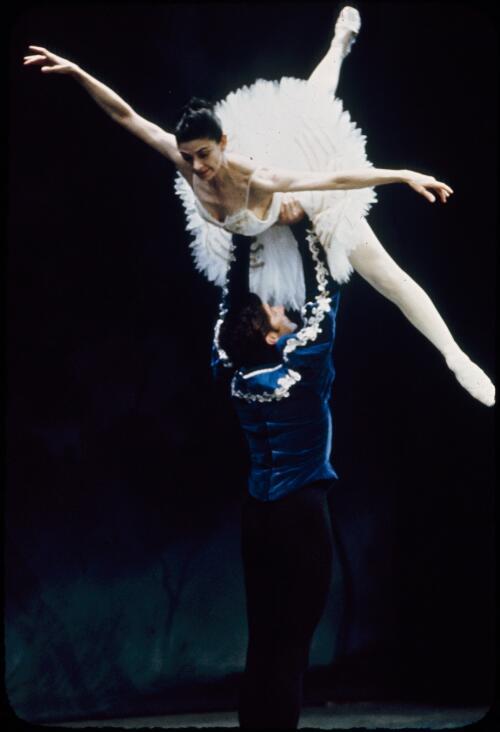
British Prima Ballerina Assoluta Margot Fonteyn rehearses Swan Lake with Garth Welch in Canberra in 1971.
National Library of Australia, Canberra.
#ballet history#vintage ballet#ballet#swan lake#canberra#canberra theatre#vintage australia#20th century#margot fonteyn#garth welch#1971#1970s#vintage photo#australian ballet#the australian ballet#vintage
6 notes
·
View notes
Text
JEWELS is on my list of ballets I absolutely want to see.
youtube
Video: The Australian Ballet
#ballet#balanchine#you tube#jewels#emeralds#diamonds#rubies#Australian Ballet#david hallberg#Youtube#ballerina
9 notes
·
View notes
Video
The Fairies of the Australian Ballet set to the Sleeping Beauty Waltz.
Follow me on Tiktok!
58 notes
·
View notes
Note
Thoughts on David Hallberg’s tenure as AD of the Australian Ballet? As an audience member I’ve been very impressed, but I’d love to get your opinion!
I enjoy his Instagram content a lot, particularly the snippets of him coaching dancers or giving tips in class. I can confidently say that there are at least 2 things I've picked up from those clips and have started applying in class. He definitely has not only good technical insight but also is an intelligent performer, I have enjoyed his explanations on how to make certain elements more stable or more flattering to different dancers.
I also think he's done a lot of great off-stage programming with different conversation events and backstage/rehearsal viewings. I am happy they're doing Cranko's R+J and also love his initiative with his "Idenity" program, highlighting two up-and-coming Australian choreographers. Not sure I would promote a production of Don Quixote as "based on the iconic 1973 film" or do all those classics in the same season but Hallberg is nothing if not ambitious. I haven't seen substantial footage of the company performances (there very well may be live streams or recent DVDs etc but I haven't seen them) the reviews have been consistently positive!
8 notes
·
View notes
Text

who did you used to be? a ballerina
#getting emo#annies edits#aesthetic#ballet#dance#ballerina#paris opera ballet#bolshoi ballet#royal ballet#New York city ballet#youth American Grand Prix#swan lake#jewels#variations#tutu#pointe#backstage#australian ballet#abt#gosh I miss this#the smell of hairspray and sweat#the aching muscles#the exhaustion#the applause
43 notes
·
View notes
Text
{D-Q Feature}: ‘Kunstkamer - a reflection’

‘Kunstkamer - a reflection’
Ian Bell
21 June 2022
The gestural language of human bodies is fascinating even inspiring[1]. It can intimate moods and all kinds of scenarios and dilemmas. Spacing and pacing as well as artful coordination of speed and athleticism may produce especially notable episodes. This language is omnipresent in all human settings whether households or the arenas of work, consumption, sport, art and more. Crucially, it is expressed (and sometimes overtly formulated) at the boundary of inner subjectivities – conscious and sub-conscious - and externalised identities enacted in social settings.
A professionally, choreographed dance work is one example of an overtly formulated and charged distillation of such a language. In this case, the gestural possibilities are amplified when formal cultures of choreography and story-telling are combined with specific narratives, fashions and costumes, sets, lighting, music and film.
In a recent season of the long work, Kunstkamer, the Australian Ballet (AB) has reworked all these elements. First created by four choreographers of the Netherlands Dance Theatre (NDT) in the period up to late 2019, and ‘steered’ by Paul Lightfoot, it was a work designed to celebrate sixty years of the NDT, and the myriad possibilities of dance[2]. Paul Lightfoot describes it as “a beautiful monster”.
After its opening in 2019 in The Netherlands, a European tour was cut short by the covid-19 pandemic. This adds to the significance of the Australian Ballet’s full staging of the work across multiple, Australian cities in the period April to June 2022.
Kunstkamer means an art room or cabinet of curiosities. Renown in Europe from early modern times as collections of unusual or foreign artifacts, especially those yielded-up by nature and exploration, cabinets of curiosities were the forerunners of museums[3]. Indeed, in some cases they furnished the founding collections for the same. For the NDT, a specific inspiration arose from the C18th works of one, Albertus Bela, especially the latter’s four volume book detailing his collection.
Here the ‘cabinet’ metaphor translates to a series of vignettes rather than an integrated, narrative work. These explore different possibilities of dance and gestural language creating a museum-like experience. The set reinforces this with large, grey, moveable, wall-like structures composed of myriad doors that usher dancers and scenes in and out. The set lighting works precisely to support fluid movement between effects and scenes.
The work, then, eschews narrative apart from micro-stories in vignette but adds singing as well as spoken word with allusive and evocative effects. Each scene is supported by different musical extracts. Some parody particular dance forms in a humorous fashion; for instance, stiff, Strauss waltzes that can sometimes be stifling and class-conscious. Others affirm and take seriously more marginal modes of being: the individual seemingly at the end of their tether or, alternatively, facing a long trek on a road to somewhere unclear.
Most ambitiously, and harking back to Bela’s collections and taxonomies, Kunstkamer begins with, and works from, the premise of a shared capacity for bodily movement and gesture across species; as the AB’s synopsis puts it – across “art and science”. This concern with shared capacity is set from the start via flickering video images.
As one would expect there are strong solo performances as well as pas-de-deux. But what impresses here is the strong, collective structure and organisation as individuals and sub-groups merge into very large ensembles for difficult, extended scenes[4].
Pacing and timing here deserve particular notice; they are radically polarised. The second half, for instance, opens with a stylish and funny, immobile performance supporting posing and day-dreaming. By contrast, most of the scenes feel frenetic, and the shifts between them sometimes “violent”[5]. Overall, I was left entranced but also somewhat exhausted and dizzy by the end.
Nonetheless, as whole, the work is inspiring. The sheer number of forms and the array of music are rarely experienced in one work. At times the nerve-endings around my spine were electrified with the senses firing salvos right through my inner world. Kunstkamer, then, achieves its goal of a celebration of dance and artful movement. It inspires us to continue our own journeys of embodied movement with and for others, and for ourselves.
Copyright: Ian Bell
[1] The writer approaches the issues both from an outsider’s aesthetic love of dance language and music, and the experience of movement as a life-long yoga practitioner.
[2] In addition to Paul Lightfoot, the choreographers included Sol Leon, Crystal Pite and Marco Goecke. Lightfoot discusses the steering process in his interview with David Hallberg, Australian Ballet (2022), ‘A beautiful monster|Hallberg in Conversation with Paul Lightfoot’, 19 April, https://www.youtube.com/watch?v=zdCqIq53BT0, viewed 9 June 2022.
[3] Rooms or cabinets of curiosities had mixed reputations. In some hands they were like trophy cabinets representing the spoils of conquest and colonialism. But in others’ they represented an effort to conserve and document nature, and to promote new, less exploitative attitudes towards it.
[4] Intimations of this difficulty are illustrated by the preparatory videos shared with the public: Australian Ballet (2022), ‘Journey to Opening Night|Kunstkamer’ 21 April. <https://www.youtube.com/watch?v=K0vUt23GLNY&t=80s>, viewed 9 June 2022.
[5] This descriptor is Tim Brynes’ in his 4 June 2022 Guardian Australia review: ‘Kunstkamer review: this fiendishly, complicated ballet is astonishing’, https://www.theguardian.com/stage/2022/jun/05/kunstkamer-review-this-fiendishly-complicated-ballet-is-astonishing, viewed 13 June 2022.

Image: Australian Ballet in ensemble in Kunstkamer, ph David Boud.
#australia#australian ballet#dance#ballet#art#auspol#kunstkamer#cabinet of curiosities#netherlands dance theatre#choreography#paul lightfoot#sol leon#crystal pite#marco goecke#david hallberg#ian bell
9 notes
·
View notes
Text
The Australian Ballet brings Romeo and Juliet to audiences worldwide
Cranko’s Romeo and Juliet returns to The Australian Ballet and will be live streamed from Arts Centre Melbourne on 18 October 2022.
Romeo and Juliet – Sharni Spencer Callum Linnane photo – Jeff Busby, Australian Ballet
Free tickets for lucky Gramilano newsletter subscribers
After 19 years, John Cranko’s Romeo and Juliet returns to The Australian Ballet and will be live streamed from Arts Centre Melbourne to audiences all over the world on 18 October 2022. Dancers who grew up watching these roles performed by the company’s…

View On WordPress
#Australian Ballet#David Hallberg#John Cranko#Kenneth MacMillan#Romeo and Juliet#Sergei Prokofiev#Stuttgart Ballet
3 notes
·
View notes
Text
australian ballet-anna karenina
source:tiktok
4 notes
·
View notes
Photo
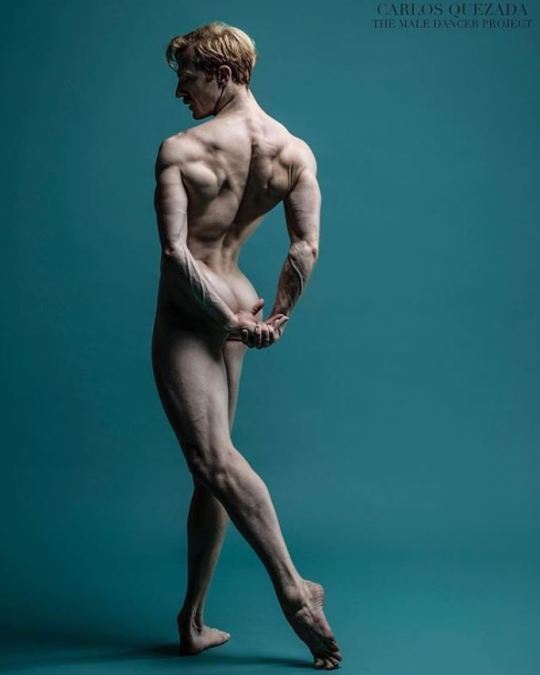
Steven McRae - The Royal Ballet - photo by Carlos Quezada
#steven mcrae#australian ballet dancers#the royal ballet#carlos quezada#dance#ballet#dancer#danseur#ballerino#bailarín#boys of ballet#ballet men
435 notes
·
View notes
Text
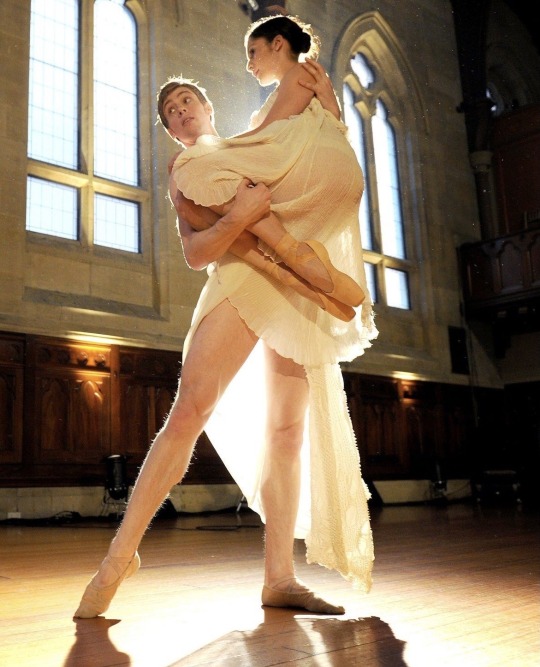
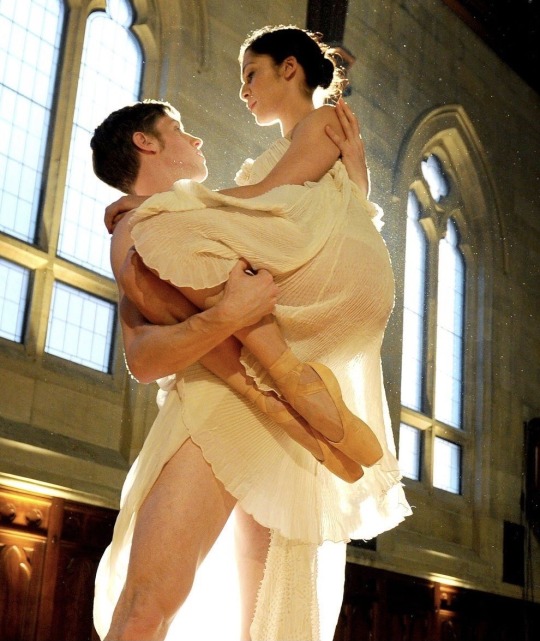
#ty king wall#robyn hendricks#ballet#lifts#william west#2010#promo for the 2011 season’s romeo and juliet at the australian ballet
153 notes
·
View notes
Text
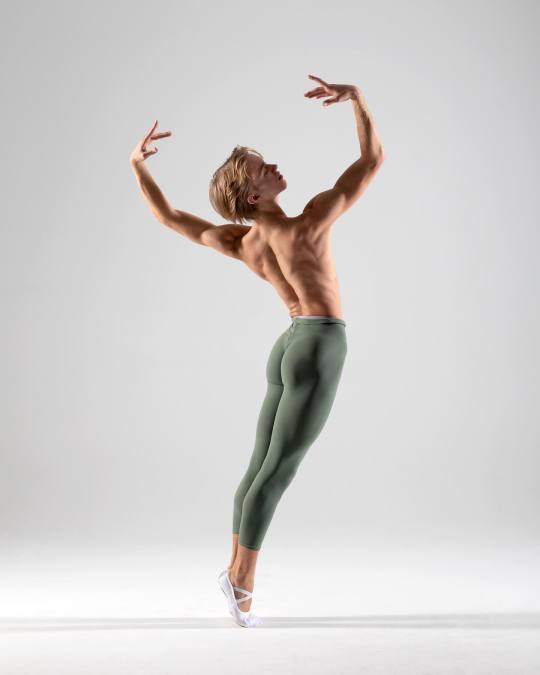
Seth Marshall | The Australian Ballet School | Photo by Sergey Konstantinov
#seth marshall#balletphotography#balletmodel#ballet slippers#grey tights#the australian ballet school
91 notes
·
View notes
Photo

Amber Scott as the Lilac Fairy.
#amber scott#sleeping beauty#lilac fairy#australian ballet#ballet#ballerina#prima ballerina#ballet gif#gif#my gif#molly gif
48 notes
·
View notes
Text
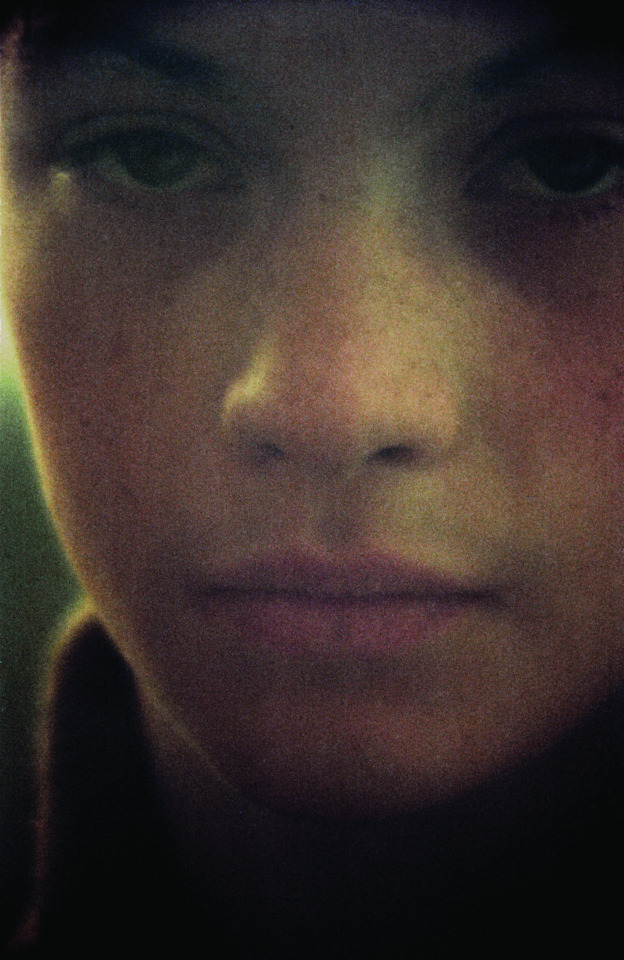
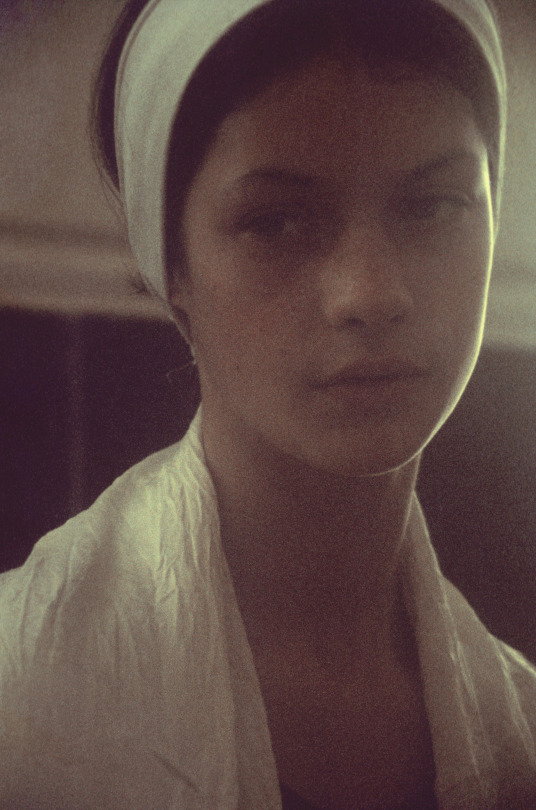

Bill Henson ~ Untitled 1974 # 65, 66 & 67, 1974 | src Art gallery of NSW & Tolarno Galleries
view & read more on wordPress
#bill henson#portrait#ballet#ballet dancer#danseuse#danzatrici#ballerina#Tänzerin#color photography#colour photography#soft focus#1970s#untitled 1974#australian photographer
58 notes
·
View notes
Text
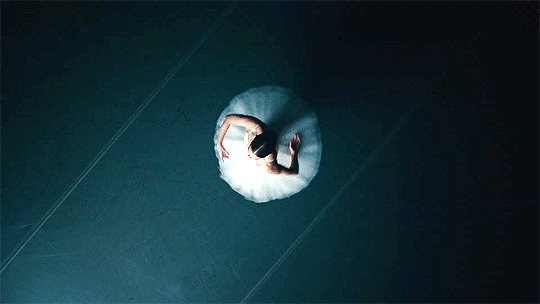

60 years of the Australian Ballet🩰
144 notes
·
View notes
Text

Jade Wood as the Sugar Plum Fairy in The Australian Ballet's The Nutcracker.
Photograph: Kate Longley
17 notes
·
View notes
